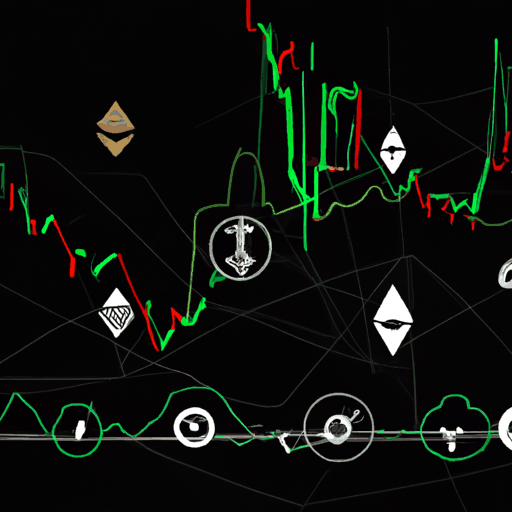
Bitcoin's Path to $1 Million: Analyzing the Trajectory
By: Eliza Bennet
Recent financial analyses and market models have highlighted the potential trajectory of Bitcoin as it heads towards a $1 million valuation per coin, although this journey remains speculative and contingent on several factors. Major financial models, particularly those focusing on supply shocks, institutional adoption, and macroeconomic influences, suggest that Bitcoin could possibly reach notable feats by around 2029-2030. The upcoming halving in 2028 is expected to play a crucial role in this projection, as historically, halving events have led to price surges within the following 12 to 18 months, aligning with potential institutional interest that could assist in driving the price to new heights.
Recent expert projections suggest varying timelines for this ambitious price target, with differing analytical outlooks. Predictive analyses by AI models and financial firms like ARK Invest propose a base-case Bitcoin valuation nearing $710,000 by 2030, and even going beyond $1 million under a bullish scenario. These projections underscore the importance of institutional and sovereign adoption in influencing significant price appreciation without necessitating extensive retail market participation. Despite a minority of models suggesting a modest probability key milestone will be reached, the overall community remains hopeful due to the consolidation of demand-driven narratives and trading behavior.
In parallel, recent Bitcoin market conditions have seen the price hovering near $119,000 following a historic peak, evoking a mix of cautious optimism and speculation. Indicators from institutional and on-chain analysis reveal a dichotomy in market sentiment. Exchange reserves' fluctuations suggest short-term profit-taking which could momentarily stall upward movements. Nonetheless, indicators like the declining Unspent Transaction Output (UTXO) count suggest a long-term bullish outlook due to the accumulation behavior of investors. This, combined with robust institutional support, signals a positive trajectory although technical factors like defending the $110,000 support level remain pivotal for achieving further growth.
The possible realization of a $1 million Bitcoin could entail a market cap of approximately $20 trillion, which presents significant economic considerations. This frame of speculation positions Bitcoin not just as a digital asset but as a potentially transformative force within the global financial architecture. If breakouts happen within the anticipated macroeconomic environment, this speculative price target could become a realistic possibility, reinforcing Bitcoin’s position in investments driven by both sentiment and strategic planning.



